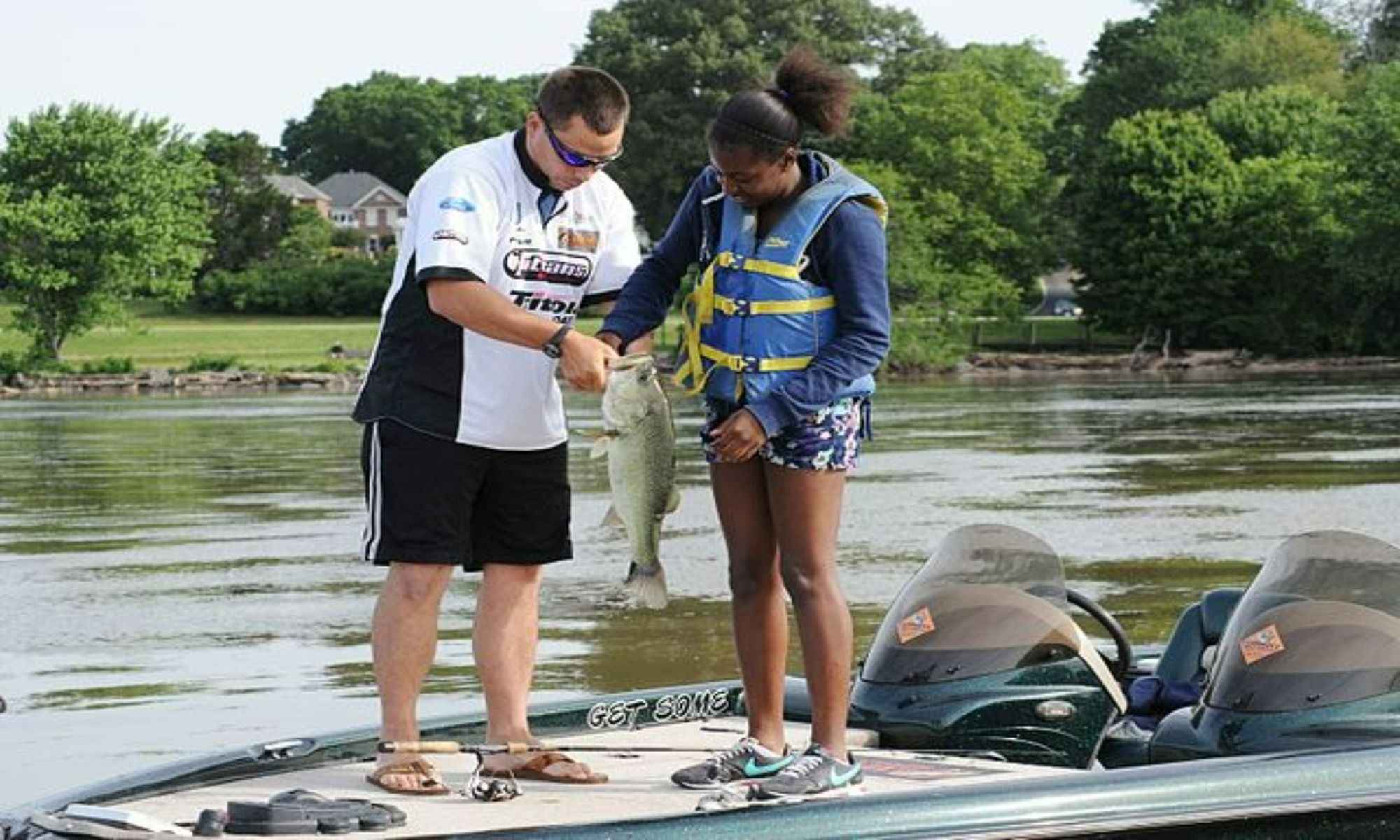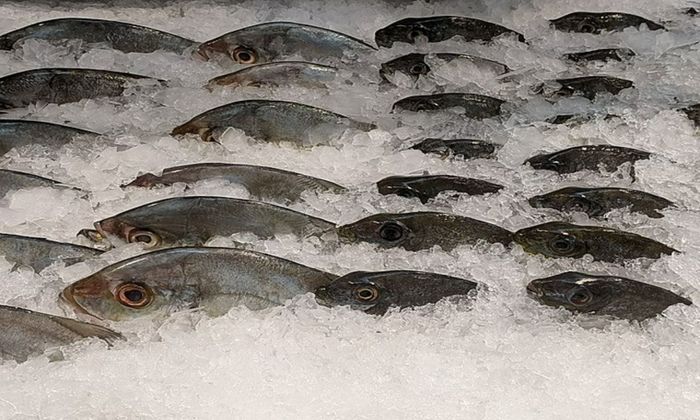Take It Home or Throw It Away? What To Do Next After You Catch a Fish!
All you need to know about the best way to keep and store or properly release fish.

Once you’ve learned how to fish and finally captured the one you were vying for, you will have to decide what to do next after catching it. Depending on where you are, there should be rules and regulations about how many fish you can catch and keep, considering how heavy, long, and what game fish species they are. They are protected by the state or locality, meaning you might not be permitted to fish for them in the first place, or you would have to practice catch and release fishing. Here’s what you need to know whether you decide to keep or remove the fish you’ve caught back into the water:
How to Properly Keep and Store Fish
When you’ve finally bagged big fish after enjoying a fun day of fishing, you need to have proper fish storage if you don’t plan on releasing fish or eating the fresh seafood you’ve caught right away. If you plan to take home live fish, make sure you bring a cooler with ice or a portable refrigerator for your trip. The best way to keep your fish fresh is to keep it alive by storing it in your Livewell or cooler if you have dead fish, clean and chill it immediately. When you catch and decide to keep a fish, clean it to preserve its flavor. However, if it's chilled, you can save a whole fish for up to a day before cleaning.
1. Icing the Fish

While preparing fish, it’s important to keep it chilled or on ice. It is crucial after it is dressed. Icing your fish is also the best way to store it for transport. An insulated cooler with a drain plug will keep your fish fresh because the melted ice water will spoil your game fish.

2. Refrigerating Fish
If you plan to store your fish for longer, consider refrigeration. Before refrigerating your fresh fish, wash it in cold water and dry it with paper towels or a clean cloth. Wrap the fish in wax paper, plastic wrap, or aluminum foil and store it on ice or in the fridge. Fresh fish can usually last in the refrigerator for up to two days. Large or larger fish pieces will last longer in the fridge than smaller fish. Lean fish like panfish and walleye will store better than fatty fish like mackerel and trout.
3. Freezing Fish
Freezing your fish will make it last longer. Frozen fish can be kept for up to three to twelve months. It’s important to properly prepare your fish before freezing it. The fish can lose its flavor when it comes in contact with the air if not stored properly. Clean the fish and then place it in a freezer-safe bag. Before you seal it, get rid of as much air as possible. You can also wrap it with aluminum foil and then in freezer paper. If you have a lot of fish to store and do it often, consider purchasing an air-tight package sealer. Another way to keep fish is by freezing it in a block of ice. You can do this by placing clean fish into a container and then filling it with just enough water to cover the fish.
To thaw frozen fish, place it in the refrigerator overnight or place the wrapped fish in cold water. Do not thaw it using a microwave because parts of the fish will cook. Do not also thaw them at room temperature.
How to Properly Release Fish
If you plan on releasing the fish you’ve caught, you should know that there are conservation-minded steps to follow to ensure that your catches have higher survival rates. These actions will continue sustainable fishing efforts and help the fish population thrive. At some point, an angler will be faced with the need to return fish they don’t like or are not allowed to keep. Here are the steps on how to best handle fish that ensures they survive release:
- Use wet hands or knotless rubberized landing nets and gloves when handling fish. It helps maintain the fish’s slime coat which protects them from infection and aids them in swimming. Never use a towel since it can remove the slime coat.
- Horizontally hold the fish as much as possible since this is their natural orientation when they swim. Be careful, and don’t let them drop on hard surfaces.
- Avoid touching the gills and eyes with your fingers.
- Use a release tool like de-hookers or recompression tools to minimize handling.
- Release the fish as soon as you practically can. Do not keep them out of the water for longer than necessary. Release the fish gently by putting it in the water head first, which helps them resuscitate. Exhausted fish can be revived by placing them in the water facing the current, holding the belly with one hand and the bottom lip or tail with the other.
- Know current local fishing regulations, so you know how to measure fish and abide by the rules accurately.




